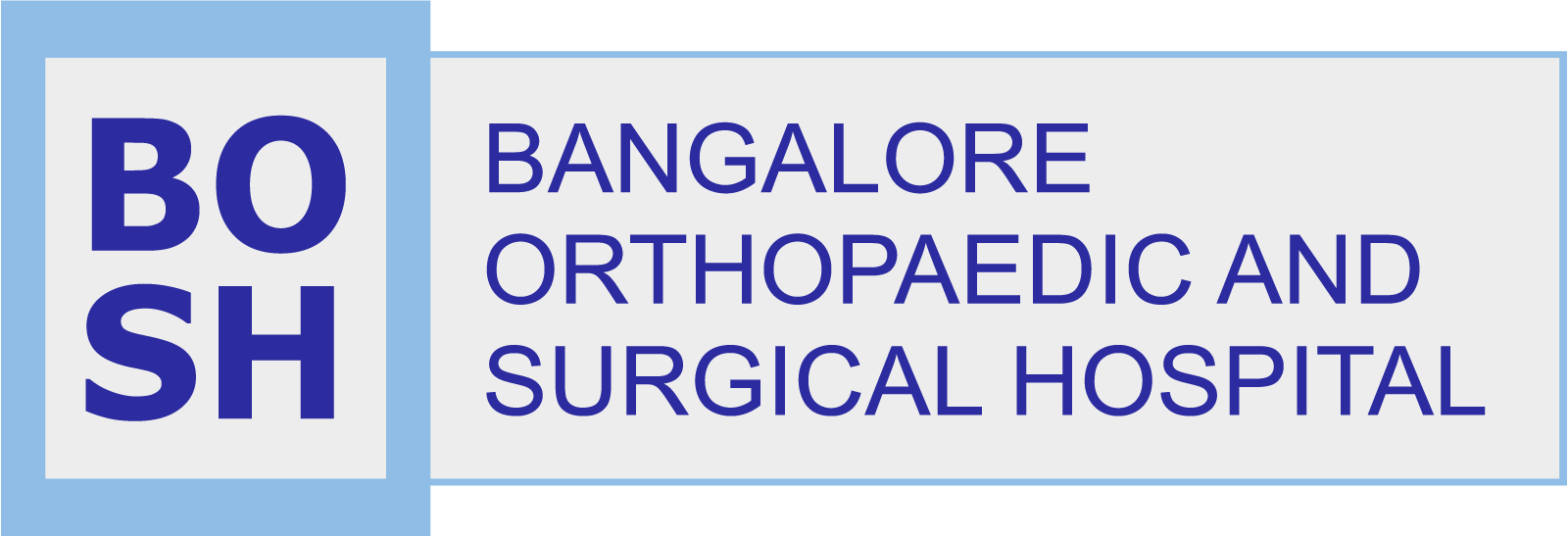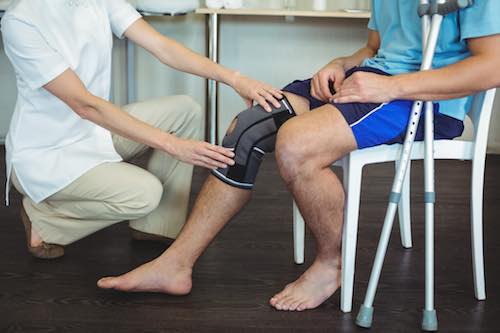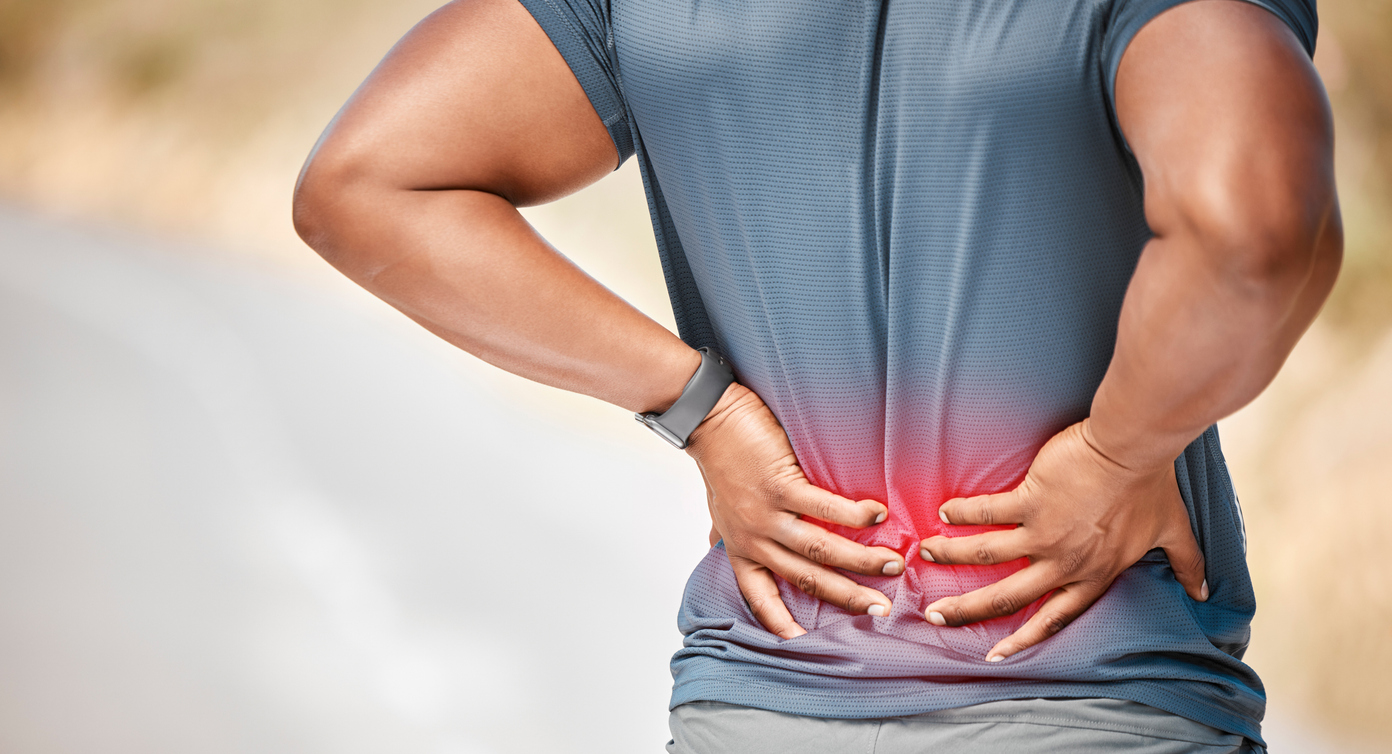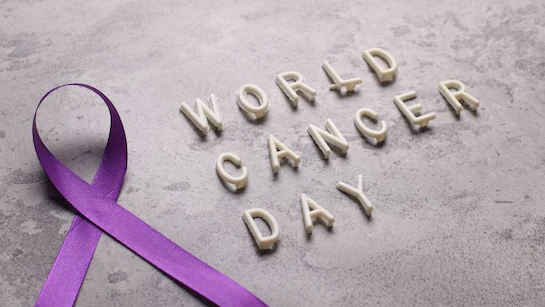When it comes to enhancing your facial features, there are more choices than ever. Some people are all in for a facelift, while others want results without the knife—hello, Botox and fillers!
But which one is right for you? Let’s break down the differences between face plastic surgery and non-invasive cosmetic procedures, so you can make an informed (and confident!) decision.
What Is Invasive Cosmetic Surgery?
This is the more traditional route—surgical procedures that require incisions, anaesthesia, and a longer recovery. But don’t let that scare you. When done right, they offer dramatic, long-lasting results.
Common facial plastic surgeries include:
- Facelift – for sagging skin and deep wrinkles
- Rhinoplasty – to reshape the nose
- Eyelid surgery (Blepharoplasty) – for droopy lids or eye bags
- Neck lift – to remove excess skin under the chin
These are great if you’re looking for a more permanent change or dealing with aging signs that creams and injections just can’t fix.
What Are Non-Invasive Procedures?
Non-invasive (or minimally invasive) procedures don’t involve cuts or stitches. They’re perfect if you want subtle, quick fixes with little to no downtime.
Popular options include:
- Botox – smooths out wrinkles by relaxing facial muscles
- Dermal fillers – add volume to cheeks, lips, or under-eyes
- Chemical peels – for smoother, brighter skin
- Laser treatments – to reduce scars, pigmentation, or fine lines
These treatments are often called “lunchtime procedures” because you can literally pop in during your break and be back at work the same day.
So… Which One Should You Choose?
It really depends on your goals, comfort level, and lifestyle:
Your Goal
- Best Option
- I want long-term results and don’t mind downtime
- Facial plastic surgery
- I need a quick refresh before an event
Non-invasive procedures
- I’m worried about looking “overdone”
- Try fillers or Botox for a natural look
- I’ve tried everything, but my skin still sags
- Time to consult about a facelift or neck lift
Why BOSH Multispeciality Hospital?
At BOSH Multispeciality Hospital, we understand that cosmetic decisions are personal. Whether you’re going for a facelift or exploring non-invasive treatments like Botox, our team of experienced specialists tailors every procedure to your face, your goals, and your comfort.
We’re not just transforming faces—we’re building confidence.
Q1. Are non-invasive procedures safe?
Yes, especially when performed by trained professionals using approved products and techniques.
Q2. How long do Botox or fillers last?
Botox typically lasts 3–6 months. Fillers can last 6 months to 2 years, depending on the type and area.
Q3. Is surgery better than Botox?
It depends. If you’re dealing with major sagging or want long-term change, surgery might be better. Botox is great for mild lines and temporary fixes.
Q4. What’s the recovery time for facial surgery?
Most people need 1–2 weeks of downtime. Full results may take a few months as swelling subsides.
Q5. Can I do both?
Absolutely! Many people start with non-invasive treatments, then move on to surgery later—or combine both for enhanced results.
Final Word:
You don’t have to choose between looking great and feeling comfortable. Whether you go big with a facelift or stay subtle with Botox, the key is doing what’s right for you—and trusting the right hands.
At BOSH Multispeciality Hospital, we help you explore every option with clarity, care, and a personal touch.









